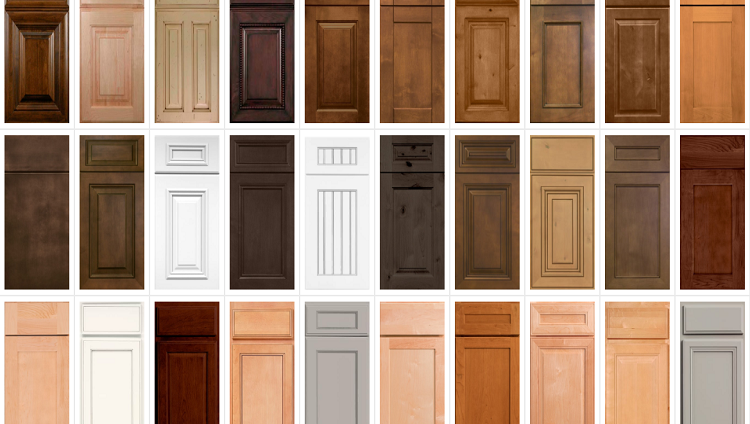
Why remove and rebuild old kitchen cabinets for, say, $12,000 when these can be refaced for just $8,000? Kitchen cabinet refacing refers to the relatively simple matter of switching the doors of the cabinet after covering with matching veneer all of the exposed parts of the frame, which works best with cabinets with partial-overlay doors and visible face frames. It also works for cabinets with full-overlay doors and flush-insert doors with certain modifications on the following steps.
A Few Words of Caution …….
Before undertaking the cabinet refacing project, a few words of caution must be said. First, be careful about ordering doors, which should match the size of the cabinet doors being replaced. Avoid measuring the openings and then adding an inch for the overlap because such a technique will not work in a refacing project.
Secondly, be careful about using self-stick veneer because the adhesive can be hard to remove and adjust once it is in place. Just use common sense and careful actions when measuring, cutting, and placing the self-stick veneer on the cabinet face for the refacing project.
Tip: Use a sharp blade on the utility knife, work slowly and carefully, and brace your hand against the cabinets for a steady hand while trimming the veneer. This is the hardest part of any resurfacing job but with these tips, you should have an easier time at it.
A Few Steps to Follow:
Fortunately, modern kitchen cabinet refacing is a relatively easy job so much so that it can be undertaken as a do-it-yourself project. You just have to follow these steps, pick up a few woodworking skills, and voila! Your refacing and refinishing project will result in cabinets that look brand new.
- Remove all the doors, clean the sides and faces of the cabinets with TSP, and let it dry. Sand down with 150-grit sandpaper and wipe down with a tack cloth.
- Apply the plywood panel to the cabinet back exposed end, secure it with finish nails, and fill the holes with wood filler.
- Measure the stiles and rails. Cut the veneer into strips, which should be 2 inches longer than the rails and 1/2-inch longer than the stiles. Apply these veneer strips.
- Press down on the veneer using a woodblock, which will force out the air bubbles and result in complete adhesion.
- Start on the kitchen cabinet refacing process. Apply the veneer on the other side, trim the excess veneer on the top, bottom, and outer edges. Be sure to change the knife blade and use a straightedge for clean cuts.
- Cover the rails. Be sure to apply the veneer on cabinets rails so that it will overlap the stiles on both sides.
- Remove the trimmings on the veneer. Peel off the excess piece of self-stick veneer on the rail, trim it and push the veneer back in place before smoothing it. All the face frames should be finished in the same manner.
- Hang the doors back. Be sure to align the doors with the openings so that these can be closed and opened easily. Tighten the screws, too. Attach the finishing hardware like the knobs and pulls.
Although kitchen cabinet refacing can be done as a DIY project, you may also contact professionals for the job. There’s no shame in asking for expert assistance especially when it involves home improvement projects!
- By: admin
- Tags: cabinet refacing
- Category: Cabinet Refacing
- 0 comment
Leave a Reply